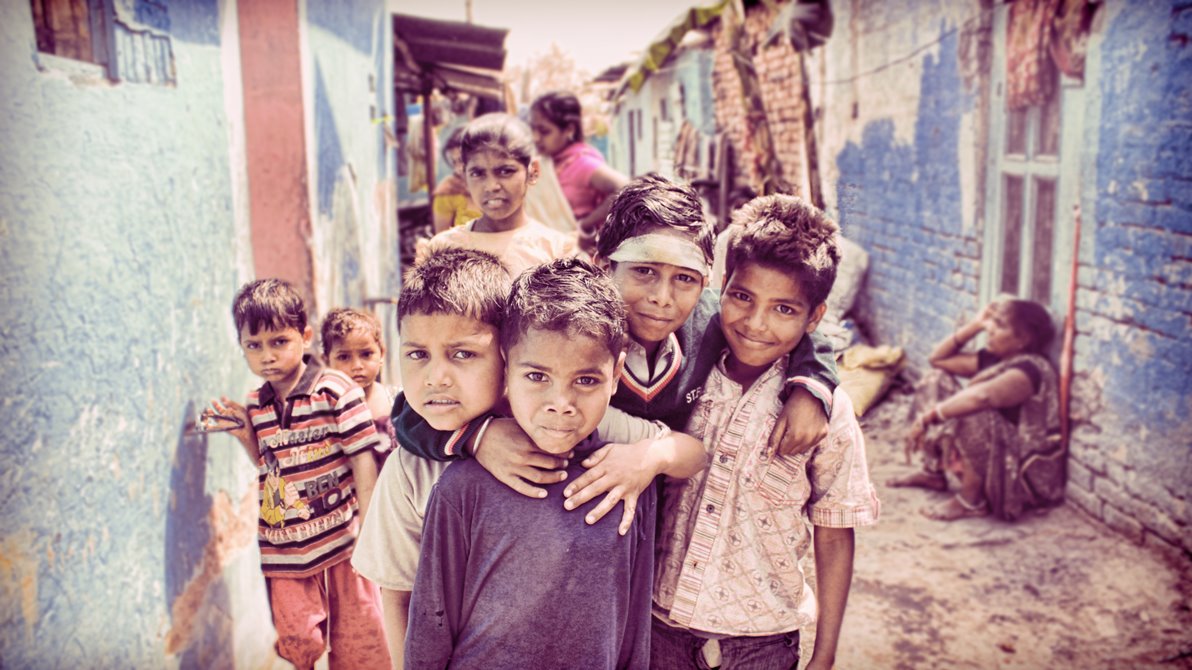Since India gained independence in 1947, the educational reforms have been almost entirely on higher education. As a consequence, pre-primary education has taken a backseat. The renewed attention to early education in India is bringing the spotlight on the link between nutrition and education.
In 2014, a National Achievement Survey was conducted in more than one hundred thousand schools. The national average score of a student in mathematics was sixty-six percent and sixty-four percent in languages.
This was an indication of all that is wrong with the public education system in India. The outcomes were not in line with the qualifications.
Where does India stand on child nutrition and education?
The “New Educational Policy” (NEP) released earlier this year lays a lot of stress on the importance of early childhood education and development. The policy has included neuroscience findings which say that eighty-five percent of the brain development happens before the age of six.
The Global Nutrition Report released in November 2018 states that India has a significant problem of malnutrition among its children. According to the report, more than forty-six million children in India have stunted growth due to malnutrition.
The correlation is quite clear. What is the point in investing in higher education or for that matter, even in primary education when the child suffers in development issues before he/she reaches school?
The directives put forward in NEP is indeed a step in the right direction. But for these steps to be truly effective, there should be “Integrated Child Development Schemes” which address issues like balanced diet and exercise for children before the age of six.
Sustained investment in the future of the children is critical for the future of the nation.
Nutrition and education: the necessary correlation for positive outcomes







